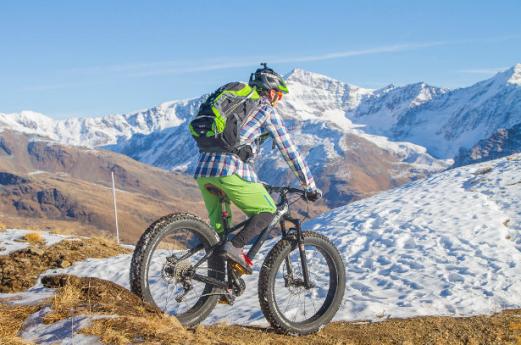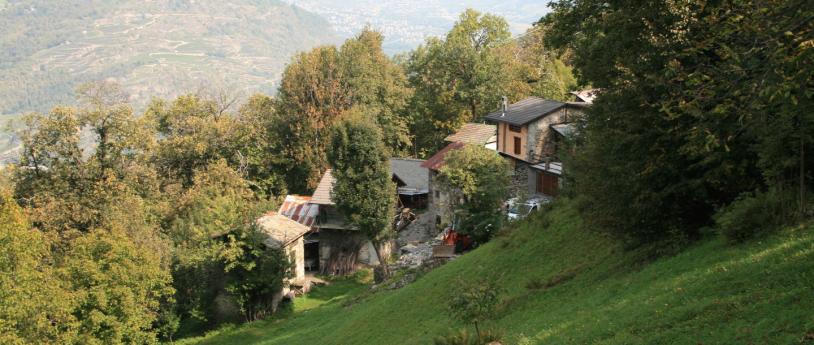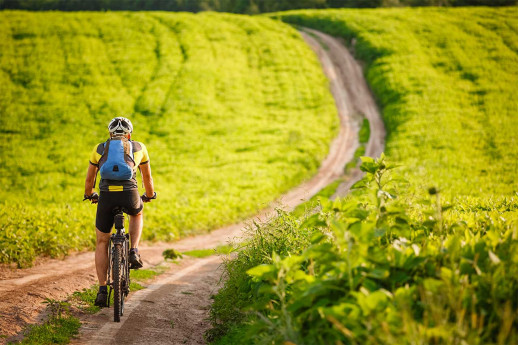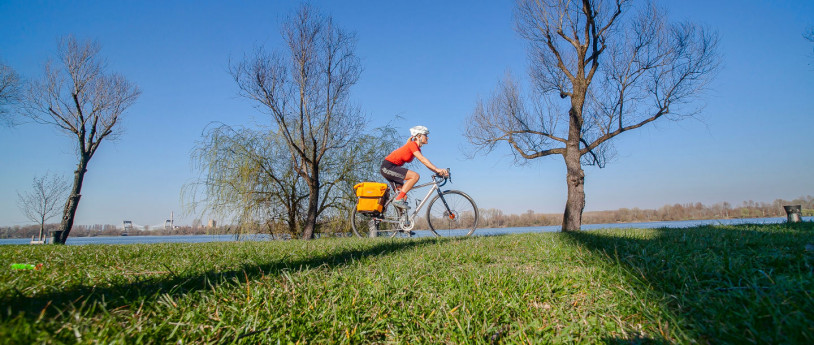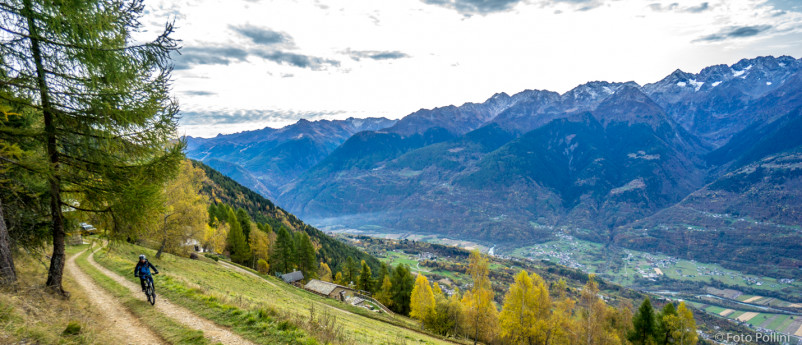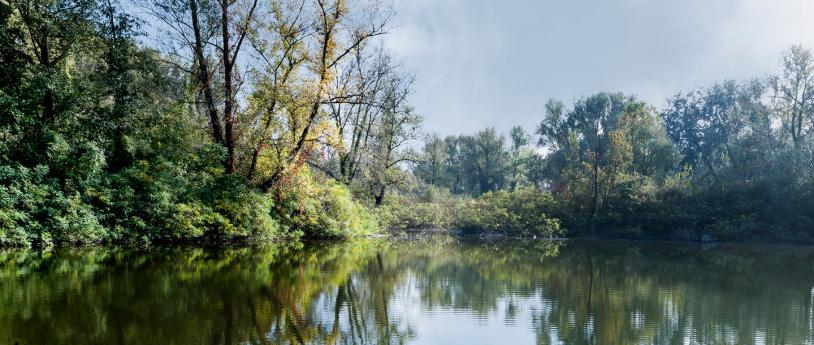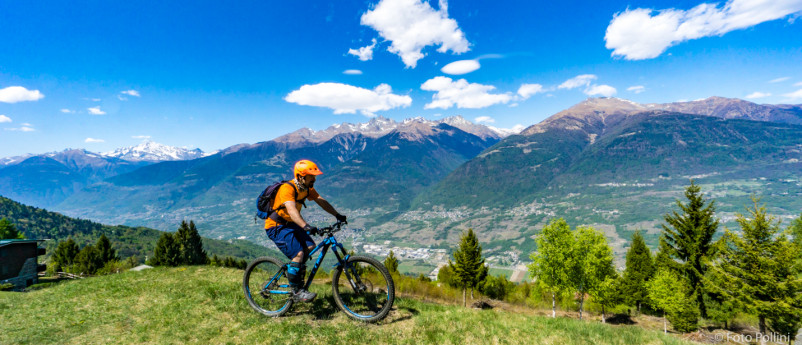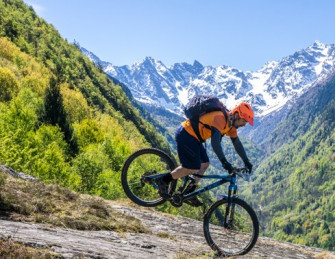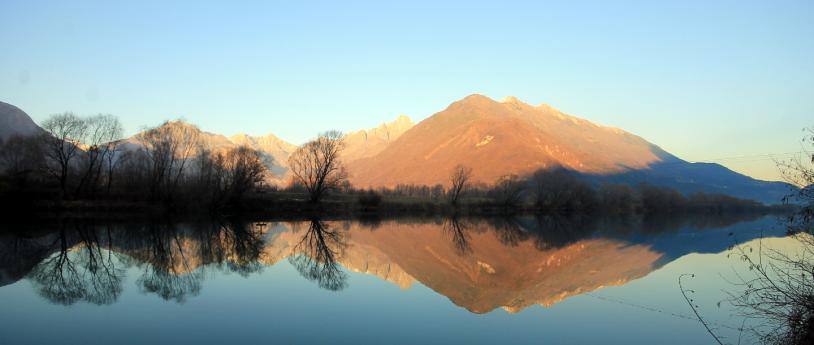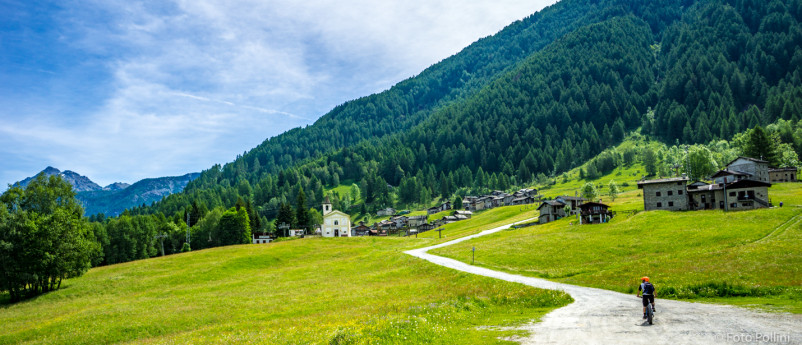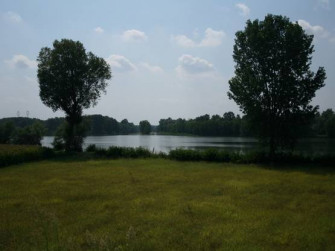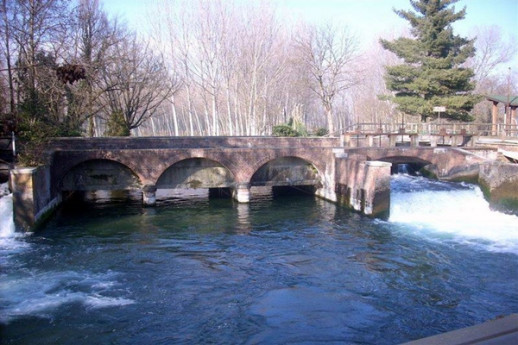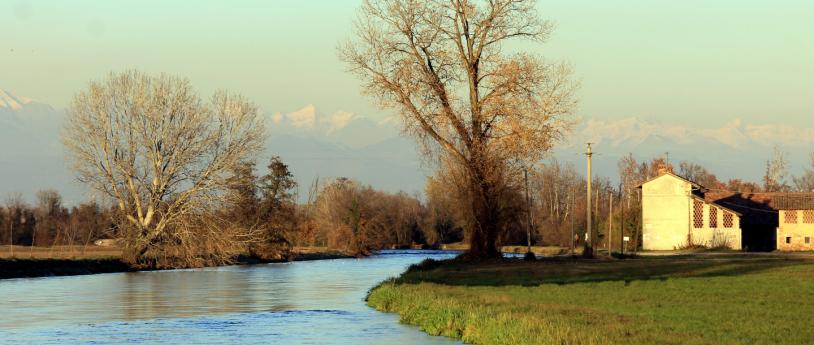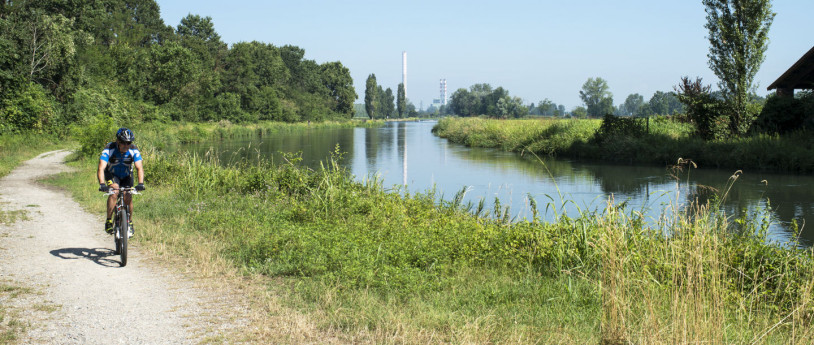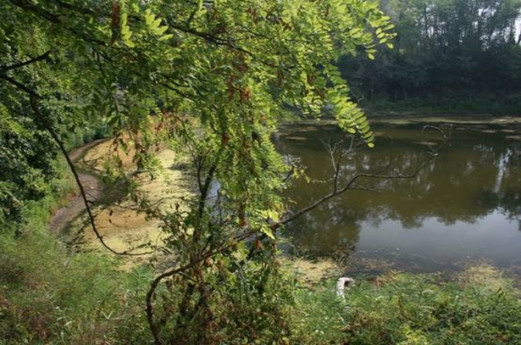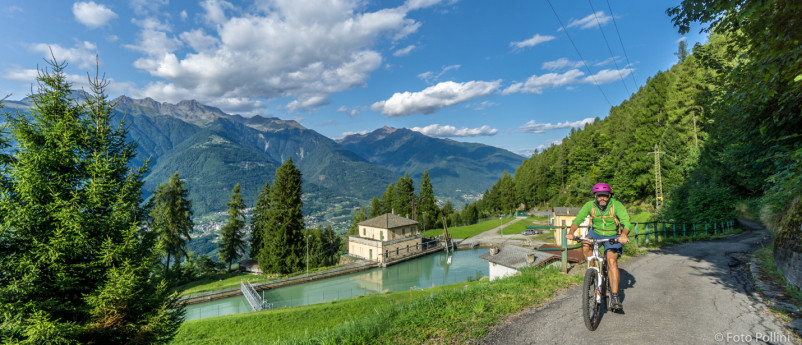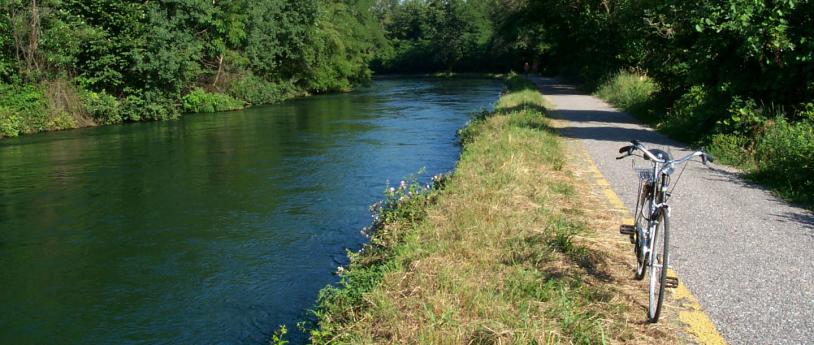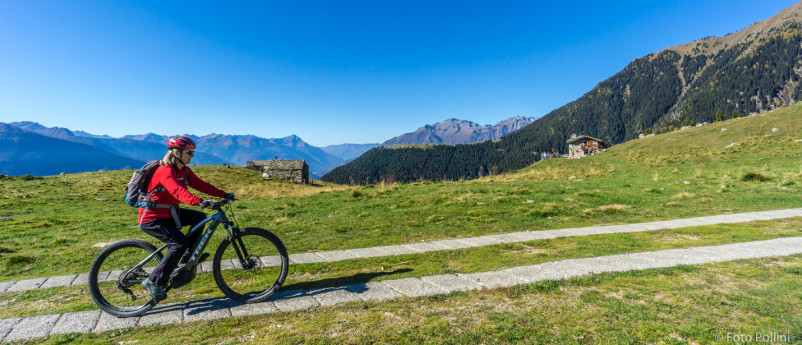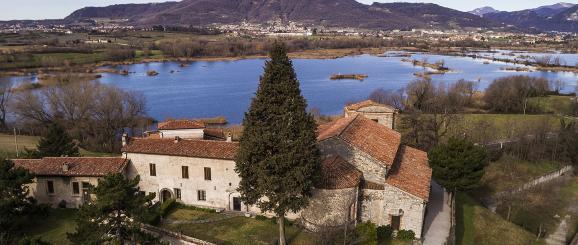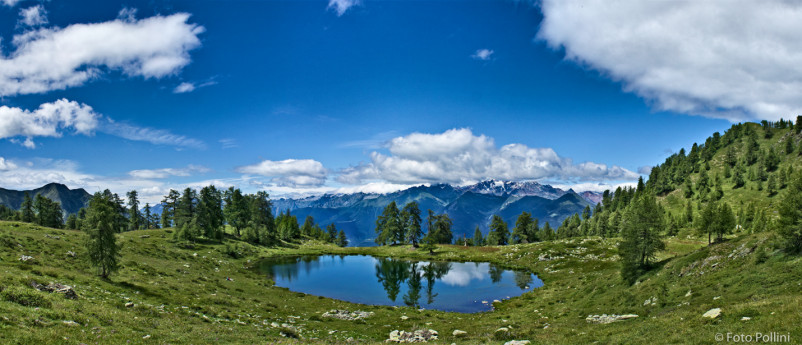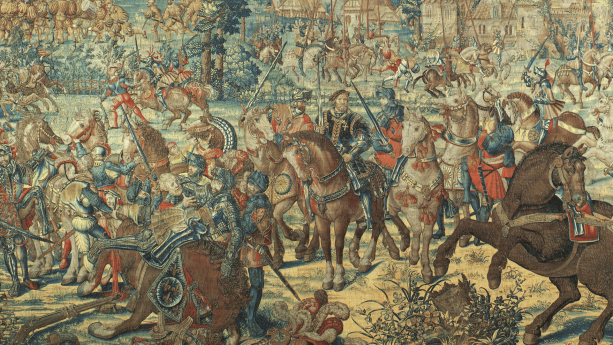- Cycle Tourism
- Navigli
Cycling along the Navigli
Discovering the incredible Navigli area of Lombardy on two wheels.
There are many ways of discovering Lombardy and its incredible environmental, urban and architectural heritage.
One way of getting closely acquainted with its riches is to cycle the bicycle paths that pass through its valleys and run alongside its stunning rivers, canals and lakes, completely immersing yourself in its history and nature.
Dedicated to all cycling enthusiasts, we propose three itineraries along the Navigli canals.
NAVIGLIO PAVESE
Following the course of the Naviglio Pavese means going on a genuine journey of discovery into the history, culture, tradition and art of Lombardy that has characterised the extensive valley to the south of Milan over the last millennium.
Considering the amount of time taken to construct this route (five centuries, from approximately 1359 to 1819) – which extends from the Darsena of Porta Ticinese, in Milan, as far as the confluence with the River Ticino, near Pavia – it is immediately obvious that you are cycling alongside what was historically one of the most important water transport routes in the region.
Along its 33 km course you still come across some of the old boats, particularly in the stretch in urban Milan, which have been redeveloped outside restaurants and pubs.
Against a backdrop of warehouses, shopping centres and ring roads, almost immediately you find yourself in a countryside that was cultivated centuries and centuries ago by the Cistercians of Bernard of Clairvaux, who introduced water-meadows to the area.
Binasco, at the centre of a tight network of smaller canals, offers the opportunity of a visit to Castello Visconteo, today the site of the town hall. After Casarile you enter the province of Pavia, known for its magnificent Certosa monastery, which is located in the municipality of the same name with seat in Torre del Màngano.
Founded in 1396 by Gian Galeazzo Visconti, the abbey is an immense convent complex that includes the church and a series of buildings dedicated to monastic life.
Just on the other side of the green belt, as you approach the confluence with the Ticino, is Borgatello, an old farming centre. And then you come to Pavia, a trove of art and history, known for its many monuments, its tall towers and its esteemed university.
TECHNICAL DETAILS
Departure: Milan - Porta Genova
Arrival: Pavia
Length: 37.2 km
Difficulty: Easy
NAVIGLIO GRANDE
20 km in length, from Milan to Abbiategrasso, this cycling route covers the final section of the Naviglio Grande, the oldest of the canals that formed the Milan canal system.
The cycle ride follows the course of the canal, staying on the left bank, from Porta Genova station as far as Abbiategrasso.
The towpath begins once you pass through the large south-west district of Milan, developed in the late 19th century as an industrial zone and residential area for workers: a vocation that has now disappeared and which is only suggested by the numerous courtyards and the many renovated galleries that characterise the architecture.
After Corsico comes Trezzano sul Naviglio, a farming village originally known as “Treciano”, which developed around two convents – one Carthusian and the other Cistercian – that are still visible today, even if they have been turned into private homes.
In Gaggiano visitors will be seduced by Palazzo Marino, the first and most notable of a series of villas and country residences built by the nobility and the rich bourgeoisie along this stretch of the canal.
Continuing in a westerly direction, as far as the “elbow” of the Naviglio which runs parallel with the Ticino here, you come to Castelletto, a once-fortified village which was home to one of the first bridges over the canal, built in 1264.
The 17th century Palazzo dei Cittadini, which belonged to a noble Milanese family, and Casa della Regia Camera, or Casa del Custode, which was the seat of the Commissioner of the Naviglio Grande and ‘Quaestor of the Waters’, are the most notable pieces of architecture. Abbiategrasso is located a little further west.
TECHNICAL DETAILS
Departure: Milan - Porta Genova
Arrival: Abbiategrasso (Milan)
Length: 21.7 km
Difficulty: Easy
NAVIGLIO MARTESANA
The itinerary that runs along the Martesana - the canal that joins the River Adda with the capital of Lombardy - is immersed in the green landscape of barns and old farmsteads that separate the low and high plains of Milan.
As you leave Milan you can immediately see some of the first manor houses that lead the way to the countryside.
After a few kilometres you come to the residential area of Vimodrone, and a little further ahead that of Cernusco sul Naviglio, a traditional holiday resort of the Milanese aristocracy.
Evidence of this can be seen in the architectural jewel that is Villa Alari Visconti, built in the early 18th century and surrounded by a stunning garden that looks out onto the waters of the Naviglio.
Despite the dense urbanisation of the area, the cycle path proceeds through labyrinths of hedges and gardens, coming to Villa Fiorita, close to Cassina de’ Pecchi, and going as far as Gorgonzola, whose residential area stands out for its 19th century parish church, Villa Sola Busca and Palazzo Serbelloni, home of the hospital.
At Cassano d’Adda, the final destination on the itinerary, cyclists will be able to admire the magnificent Villa Borromeo, built in the first half of the 18th century but redeveloped after 1781 by Piermarini, who gave the building a neoclassical makeover.
TECHNICAL DETAILS
Departure: Milan - Milan Central station
Arrival: Cassano d’Adda (Milan)
Length: 32.1 km
Difficulty: Easy
